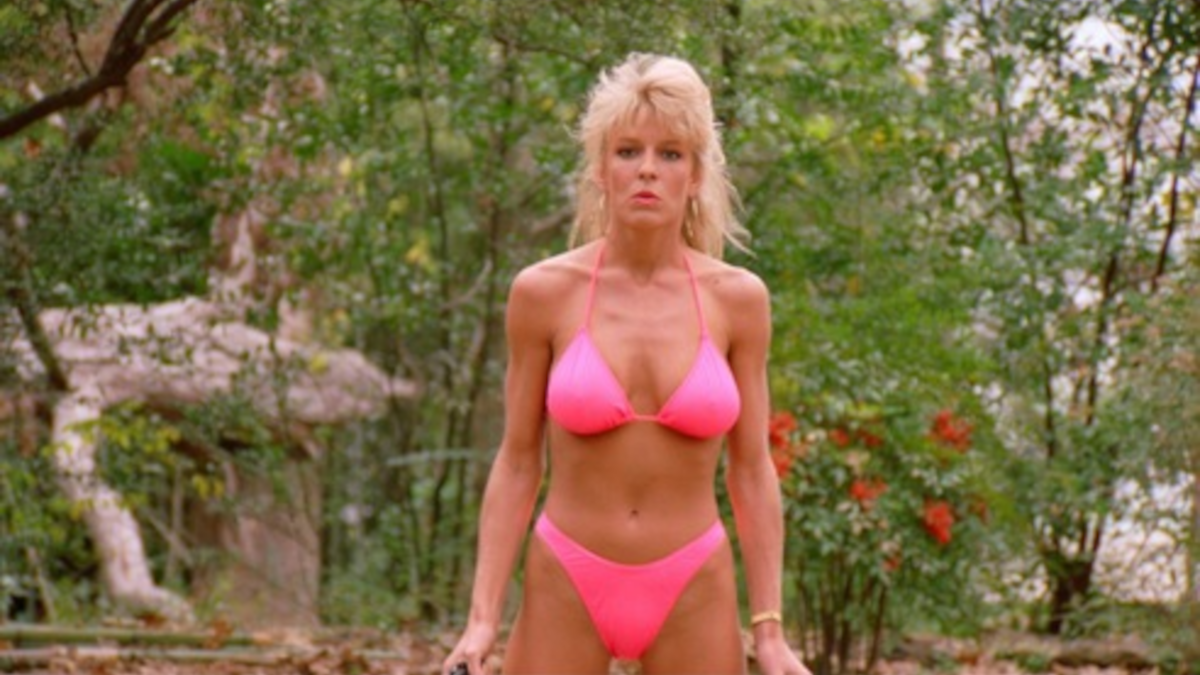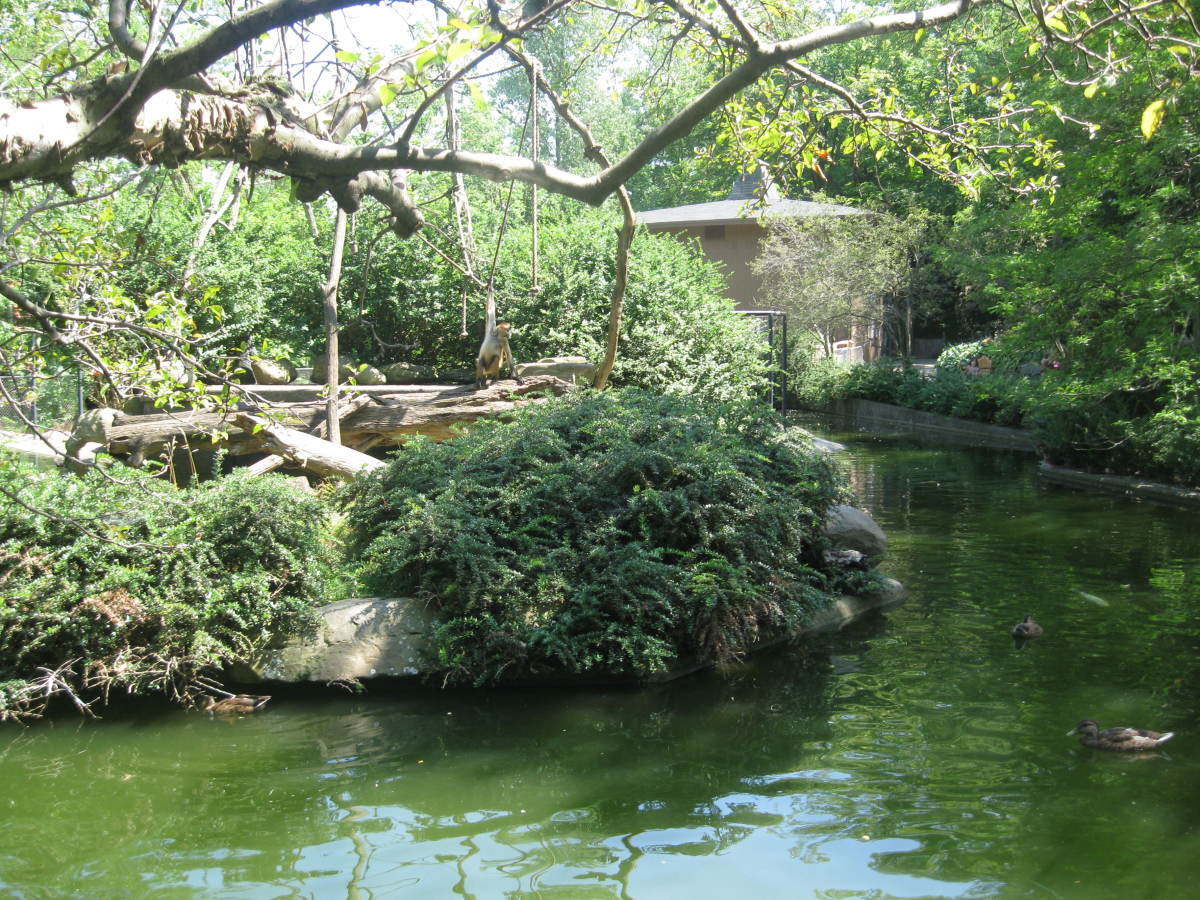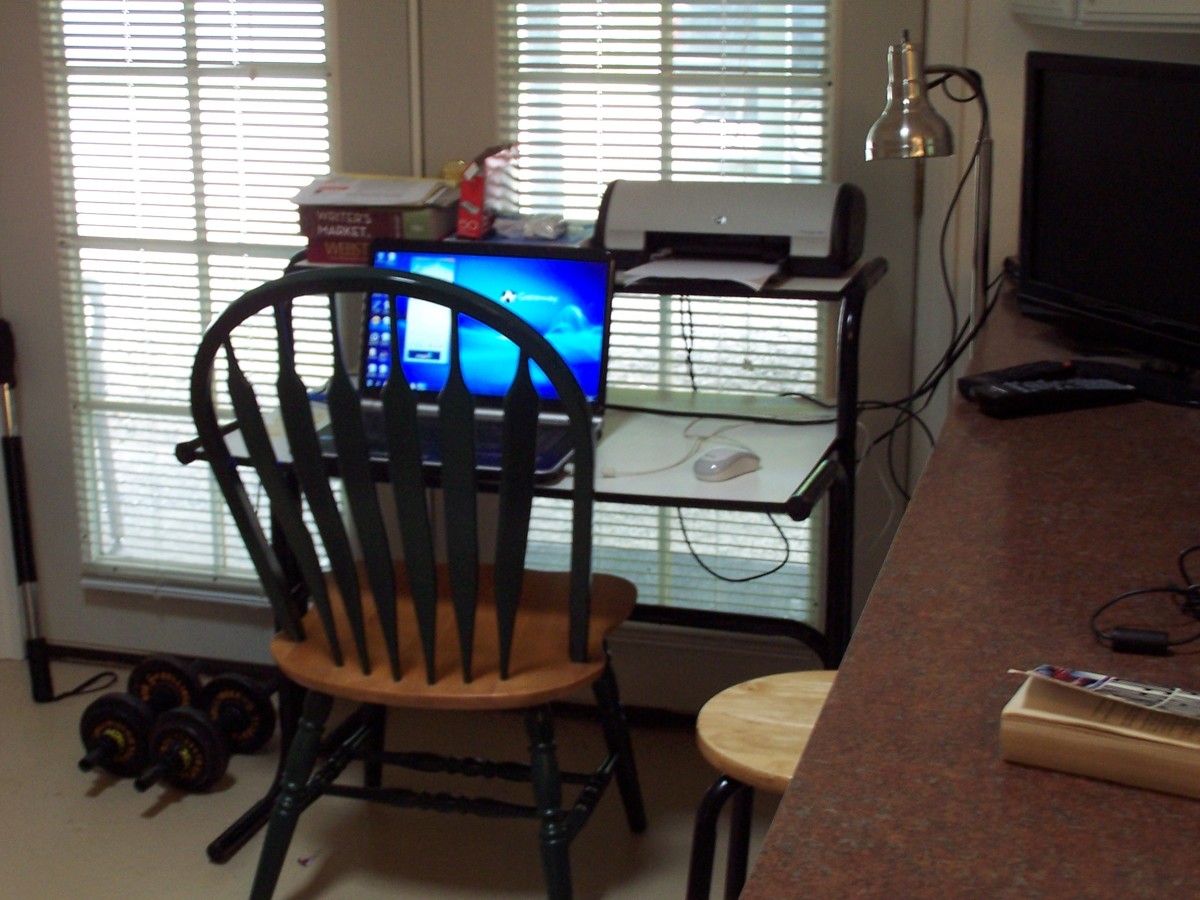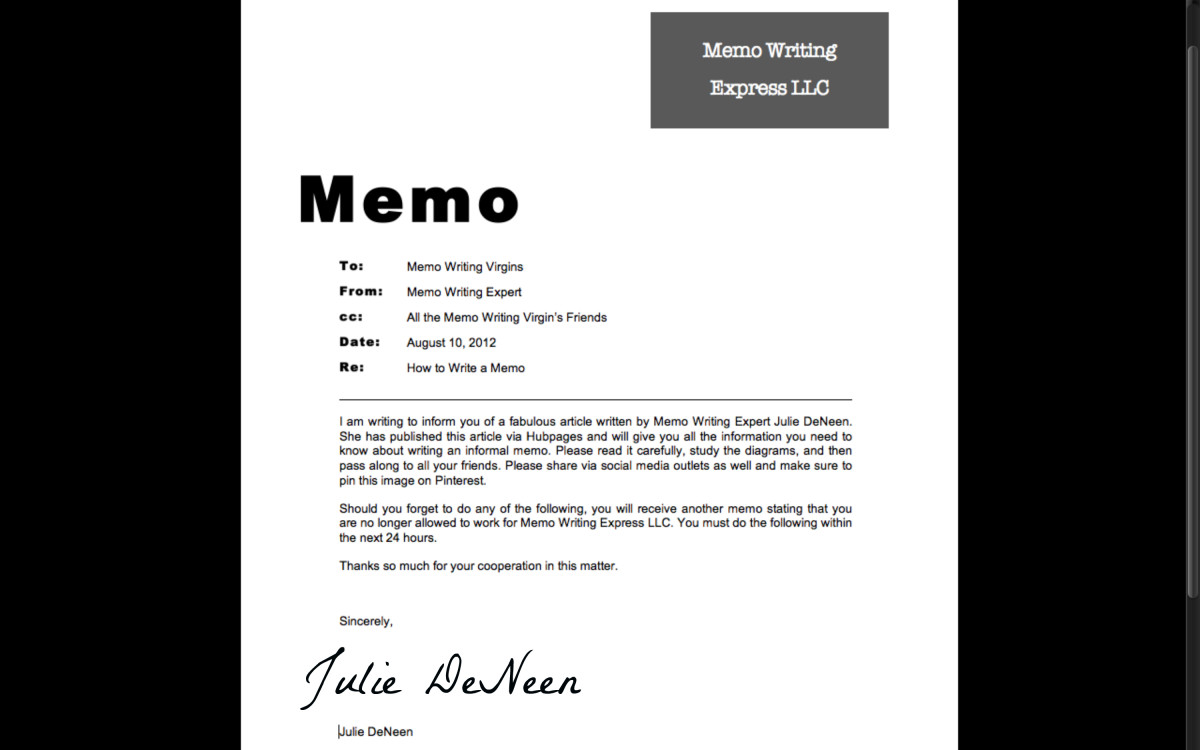How to Recognize a Needless Scene
You’ve heard of “needless scenes” in books, but what are they? Well, if you are a writer with a good editor, you’ve probably heard of them because your editor has pointed out a few of yours. As a reader, I’m sure you have come across one or two in the books you read.
But as a writer, how do you know if you have a needless scene? How do you know if something is weighing the story down and should be removed? Let’s explore that.

What Does the Scene Do?
Every scene in a story has to do something. It might be filling in some of the backstory or giving a hint to a character’s personality. Look over the scene and note exactly what it does. If you can’t say it does better than give you more words, then you know you have a needless scene.
Explore the scene in depth. It might be a great scene and it might have great dialogue, but for all of this it still might be a needless scene. I had one that was a rather lengthy scene, but the more I examined it, the more I realized that it didn’t bring anything to the story. Yet there was some good stuff in there, so I copied it and saved it in another file. Later on I pulled some quotes from it to use in other scenes, so it wasn’t wasted. Nonetheless, the scene, as a whole, was very needless.

How Does the Story Read Without It?
Take the scene out of your story. Don’t delete it - never do that. That is one thing you will regret in the long run, if you do. Put it aside for the moment.
Now how does the story read without that scene? As you think of the answer to this, consider these questions:
- Does the plot suffer?
- What is missing from the story without it?
- Why did you write it?
You really need to examine the scene in detail. Don’t think of only the reasons to keep it. Think of how it helps the story and how it helps to remove it.

Explore its Purpose
Can you explain what the scene's purpose is? Be specific. You shouldn't be saying it gives the characters more time together or shows how close they are. It needs to be crucial to the story and have sound reasons for enhancing it. Take it out of the story and see how it flows.
Every scene should have a purpose that is evident. It needs to support the story, and if you only have it to show interactions, they need to be highly valuable and not just filler. If you aren't sure, ask someone else to read it, but as a general rule, if you can't with confidence find a purpose, pull it out.
Write First - Analyze Later
Looking at whether a scene is not needed shouldn't be done in the writing phase. When you are writing, just write. If you focus on whether or not it is needed, you'll find yourself second-guessing your creativity and might lose out on some scenes that could be used in other stories or in a sequel. Just write. Let the words flow. They are not etched in stone.
Editing is when you decide if a scene is needless. Write your story and then go back through it and rewrite it. I have found several needless scenes in my work and pulled them. I stored them and used them in spin-off stories or even entirely different stories. I just had to change the details. Never delete a needless scene. It might be needed somewhere else.

Store Your Needless Scenes
I just mentioned, but it bears repeating, that you never want to get rid of your needless scenes. Your muse might be looking further ahead than you realize. I have found that I write scenes that I remove from a story only to discover they fit perfectly somewhere else. I even have a slush document where needless scenes and notes go to so I can reference it later. The slush document is a treasure chest for writing.
“Needless” doesn't mean “worthless”. They just aren't needed right now.








